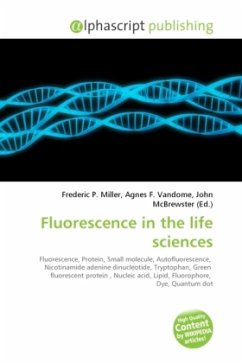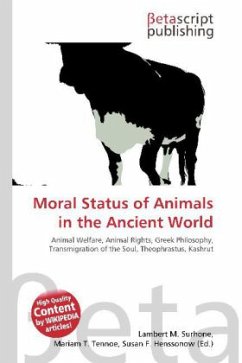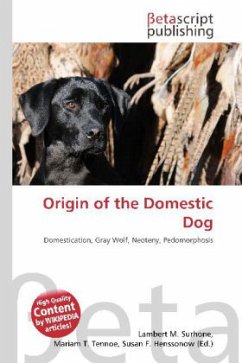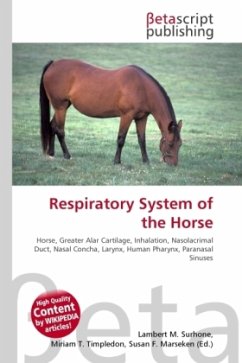
Radioactivity in the Life Sciences
Versandkostenfrei!
Versandfertig in 6-10 Tagen
42,99 €
inkl. MwSt.

PAYBACK Punkte
21 °P sammeln!
Please note that the content of this book primarily consists of articles available from Wikipedia or other free sources online. Radioactivity can be used in life sciences as a radiolabel to visualise components or target molecules in a biological system. Some radionuclei are synthesised in particle accelerators and have short half-lives, giving them high maximum theoretical specific activities. This lowers the detection time compared to radionuclei with longer half-lives, such as carbon-14. In some applications they have been substituted by fluorescent dyes. A good example of the difference in...
Please note that the content of this book primarily consists of articles available from Wikipedia or other free sources online. Radioactivity can be used in life sciences as a radiolabel to visualise components or target molecules in a biological system. Some radionuclei are synthesised in particle accelerators and have short half-lives, giving them high maximum theoretical specific activities. This lowers the detection time compared to radionuclei with longer half-lives, such as carbon-14. In some applications they have been substituted by fluorescent dyes. A good example of the difference in energy of the various radionuclei is the detection window rnages used to detect them, which are generally proportional to the energy of the emission, but vary from machine to machine: in a Perkin elmer TriLux Beta scintillation counter , the H-3 energy range window is between channel 5 360; C-14, S-35 and P-33 are in the window of 361 660; and P-32 is in the window of 661 1024.












